Technological Innovations
The Dredging Market is witnessing a transformation due to technological innovations that enhance operational efficiency and reduce environmental impact. Advanced dredging equipment, such as automated guided vehicle and remotely operated vehicles, are being increasingly adopted to improve precision and safety during dredging operations. These technologies not only streamline the dredging process but also minimize disturbances to surrounding ecosystems. Furthermore, the integration of data analytics and real-time monitoring systems allows for better project management and resource allocation. As these technologies become more prevalent, they are likely to attract investment and drive growth within the Dredging Market. The potential for cost savings and improved project outcomes may encourage more stakeholders to engage in dredging activities, thereby expanding the market further.
Infrastructure Development
The Dredging Market is experiencing a surge in demand due to extensive infrastructure development projects worldwide. Governments and private entities are investing heavily in ports, harbors, and waterways to enhance trade and transportation efficiency. For instance, the International Maritime Organization has projected a significant increase in global shipping traffic, necessitating the expansion of existing port facilities. This trend is likely to drive the dredging market as deeper and wider channels are required to accommodate larger vessels. Furthermore, the construction of new infrastructure, such as bridges and tunnels, often necessitates dredging activities to ensure proper foundation and stability. As a result, the Dredging Market is poised for growth, with estimates suggesting a compound annual growth rate of around 5% over the next several years.
Increased Shipping Activities
The Dredging Market is significantly impacted by the increase in shipping activities, driven by the rise of e-commerce and global trade. As international trade volumes continue to grow, ports are facing unprecedented pressure to accommodate larger vessels and increased cargo traffic. This situation necessitates dredging operations to deepen and widen shipping channels, ensuring safe navigation for larger ships. According to recent data, the volume of containerized cargo is expected to rise by over 4% annually, further emphasizing the need for efficient port operations. Consequently, the Dredging Market is likely to see heightened demand for dredging services to support this growth in shipping activities. The need for timely dredging operations to maintain navigability will be crucial for ports aiming to enhance their competitive edge in the global market.
Regulatory Frameworks and Compliance
The Dredging Market is shaped by evolving regulatory frameworks and compliance requirements that govern dredging activities. Governments are increasingly implementing stringent regulations to ensure environmental protection and sustainable practices in dredging operations. Compliance with these regulations often necessitates additional dredging activities aimed at mitigating environmental impacts, such as sediment control and habitat preservation. The need for adherence to these regulations can create opportunities for specialized dredging services that focus on compliance. Moreover, as international standards become more harmonized, the Dredging Market may experience a shift towards more standardized practices, potentially enhancing operational efficiencies. This regulatory landscape is likely to influence market dynamics, as companies that prioritize compliance may gain a competitive advantage in securing contracts and projects.
Environmental Restoration Initiatives
The Dredging Market is increasingly influenced by environmental restoration initiatives aimed at rehabilitating degraded aquatic ecosystems. Governments and environmental organizations are recognizing the importance of maintaining healthy waterways, which has led to a rise in dredging activities focused on sediment removal and habitat restoration. For example, projects aimed at restoring wetlands and improving water purifier quality often require dredging to remove contaminated sediments. The global push for sustainable practices is likely to enhance the demand for dredging services that prioritize ecological balance. Additionally, funding from various environmental agencies is becoming more accessible, further supporting dredging projects that align with restoration goals. This trend indicates a potential shift in the Dredging Market towards more environmentally conscious practices, which may reshape operational methodologies in the coming years.


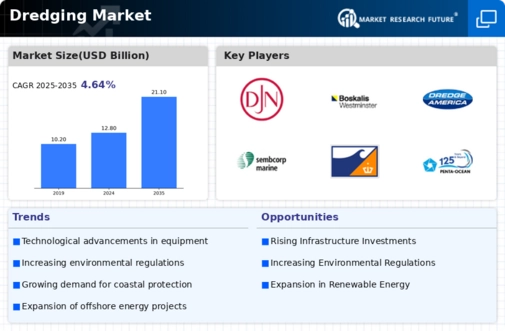
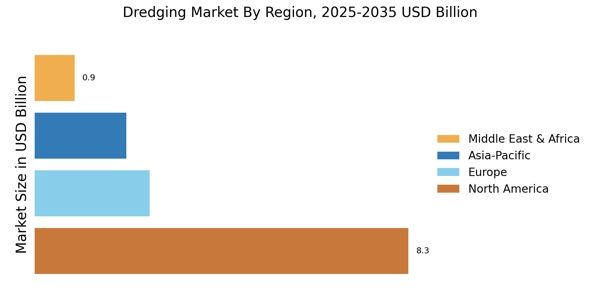
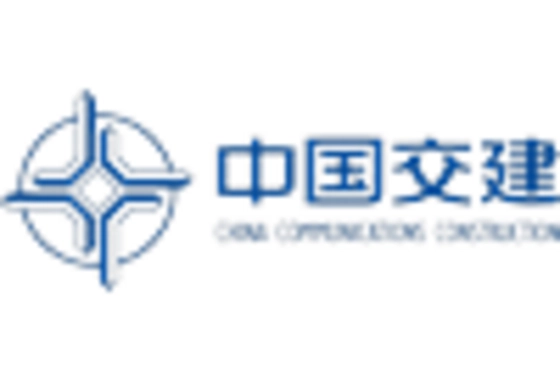
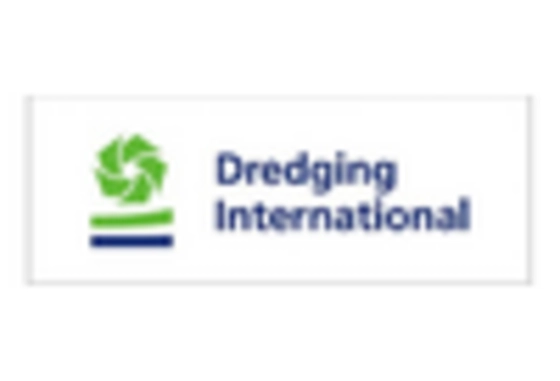
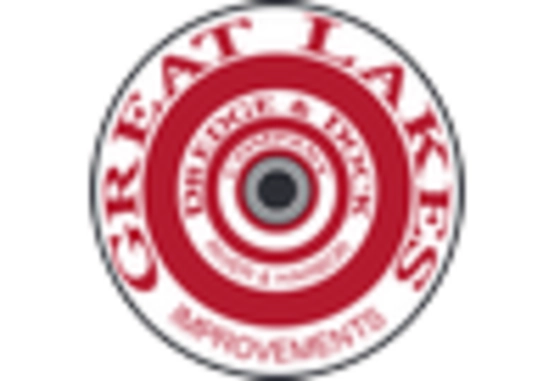
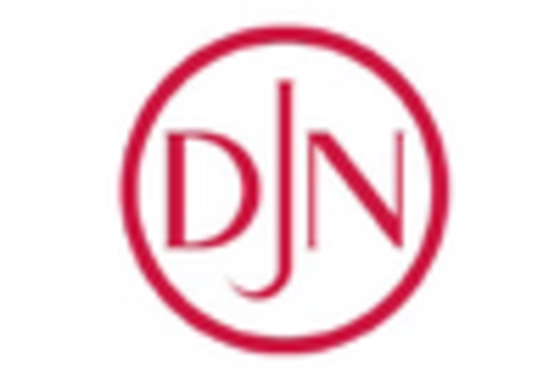

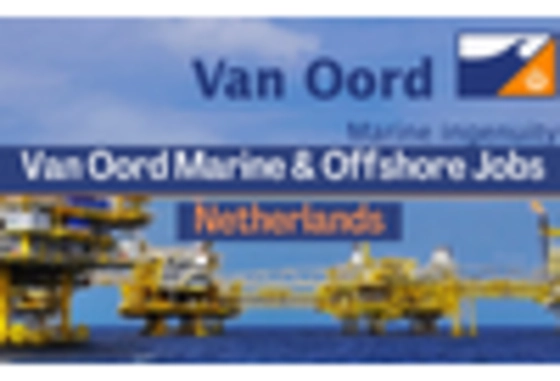








Leave a Comment